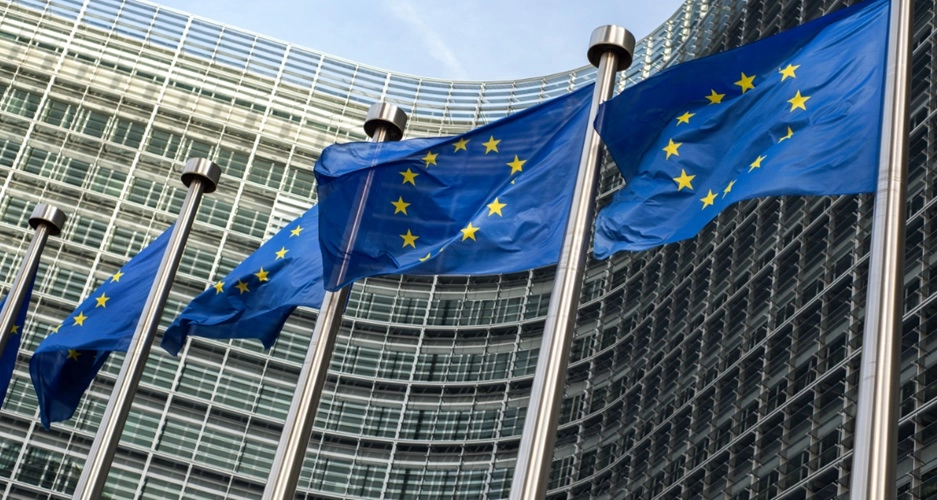On March 28, 2023, representatives from the European Commission, the European Parliament, and the Council of the European Union (EU) reached a compromise on the Alternative Fuels Infrastructure Regulation (AFIR).
Various Ministers from the member countries stepped forward to declare and share their opinions on the agreement aimed at promoting sustainable mobility on the continent.
It’s worth mentioning that the AFIR is part of the “Fit for 55,” a package of regulatory actions to make EU policies fit for reducing net greenhouse gas emissions by 55 per cent by 2030.

“We are optimistic that, in the near future, citizens will be able to charge their electric cars as easily as they do today in traditional petrol stations,” expressed Raquel Sánchez Jiménez, former Spanish Minister of Transport, Mobility, and Urban Agenda.
But how will the European Union achieve this feat?
Specifically, the agreement establishes mandatory deployment targets for electric charging networks and hydrogen refueling on roads.
The goals must be achieved by the years 2025 and 2030.
One of the principles described includes the notion that the light electric vehicle (EV) charging infrastructure should grow at the same pace as the usage of these means of transportation.

Eamon Ryan, the Minister of Transport of Ireland, highlighted the parallelism between these objectives and those of his nation.
“The provisions in AFIR align closely with our national decarbonization policies for Ireland’s transport sector and support the much-needed move away from fossil fuels across Europe,” he said.
The document mandates that from 2025 onwards, it will be necessary to install fast charging stations of at least 150 kilowatts along the trans-European transport network (RTE-T) every 60 kilometers.
As for heavy-duty vehicles, the installation of stations with a minimum power of 350 kilowatts every 60 kilometers along the main RTE-T network and every 100 kilometers on the broader RTE-T comprehensive network is contemplated from 2025.

Regarding the proposed objectives, the French Minister of Transport, Clément Beaune, warned that the national government “will not stop there.”
“This is the time to show that electric vehicles are for everyone,” declared the official.
The project in question pays special attention to the well-being and experience of low-emission transportation users.
Therefore, one of the intentions expressed in the agreement is that users should be able to easily pay at charging points without the need for a subscription, and prices should be fully transparent.
In that sense, what responsibility do the companies providing these types of services have?

Operators must provide consumers with comprehensive information electronically about availability, waiting times, or prices at different stations.
“The agreement will send a clear signal to citizens; they will no longer have a reason to feel anxious when looking for a station,” said Andreas Carlson, Swedish Minister of Infrastructure and Housing.
In another set of factors, the project also sets goals for shore-side electricity supply in maritime and inland ports and for stationary aircraft power supply.
Ports hosting a minimum of 50 large vessels must supply local electricity to fleets. The deadline to achieve this goal is 2030.

“To meet the climate goals, it is essential that all sectors do their part,” commented Mark Harbers, Minister of Infrastructure and Water Management of the Netherlands.
He further stated, “Huge investments are required. I am glad that this subsidy scheme will give the industry a helping hand and encourage shore power installation.”
Additionally, from 2030, a hydrogen refueling infrastructure must be implemented that can serve both cars and trucks at all urban nodes and every 200 kilometers along the main RTE-T network.







